Please Note: In this post, I’m going to be very open in sharing a little of my story and the successes and mistakes I’ve made along the way. Consideration of this would be greatly appreciated before posting any harsh critiques in the comments. Thanks!
It was the spring of 2008 and I had been a video novice for close to a year now. I owned a Canon HV20 with a Cinevate Brevis35 DOF adapter. I barely knew anything about lenses, ISO, lighting ratios, blocking or dynamic range. All I knew was that I was eager to learn and get out there and start experimenting.
I started looking around for places that I could get involved with video. I was fortunate to have my name passed around to the video director at a local church and to receive a phone call asking if I’d be interested in volunteering. I jumped at the chance and soon was working on short promotional videos. After a month of working on several projects, I found out that they were planning on having a large men’s conference. I started coming up with ideas for promotional videos and one day (while in the shower) I had the idea for an opening video, similar to what you might see at the MTV or Academy award shows. Some sort of action parody that played before the conference opened up.
I went to the staff at the church with this idea, but to my dismay everyone, while liking the idea, was afraid that there wouldn’t be enough time to film it. Frustrated that I had this story in my head that would never see the light of day, I decided to grab a few of my friends and shoot a very rough version of the film. I grabbed my HV20 (no DOF rig), switched it to full auto and shot a quick concept over the course of 5 hours. I took the footage back home and edited it the next day.
I handed a DVD of the project to the staff at the church just two days after shooting it. I quickly went “viral” within the church and by the end of the week, I received a phone call from the video director that the pastor had changed his mind and was willing to shoot the video if I could do it in one afternoon.
The next week I arrived at the shoot and was handed a Canon XLH1, a much fancier camera than I had ever worked with before. One of the downfalls of using a camera you were unfamiliar with is overlooking important steps…like setting the proper audio level. I had an audio engineer with a boom mic running around with me but unfortunately I didn’t know to set the audio level manually on the camera. This resulted in some rather overdriven audio. …lesson learned I guess.
Despite the imperfect audio, the video was a hit and became the talk of the conference. We staged it so Pastor Mark ran down the center aisle immediately after the video to a cheering auditorium. Afterwards, Mark walked up to me and congratulated me on my work and followed that up with the statement:
“How’d you like to do this for a living?”
Heck yeah! Next thing I knew I was working in the video department at the church. I went from retail to banking and now doing something I loved! Unfortunately no job is perfect and I soon was stuck in the task of editing TV shows and working on video projects that didn’t exercise what I really enjoyed. Don’t get me wrong, I was learning lots and the job was way better than entering bank deposits, but the creative videos that I was initially hired for were few and far between.
The next year came and the next “Manly Man Conference” was nearing. I asked if we would do another intro video and everyone wanted to, but no one was willing to set aside the time to do it. When the conference was a week out and it was obviously too late to shoot anything, I was asked to do a motion graphic intro. I wasn’t happy with it and I think everyone afterwards really missed having the film intro.
When year three came, everyone was on board with doing a film. I came up with the idea of having Ross’ character brought back to life and brainwashed into killing Mark. I knew I wasn’t a good script writer so I found someone who had done script writing and directing before. I hadn’t worked with her before, but she had been volunteering in the video department so I thought I’d ask her to work on the film. I gave her the outline and asked her to flesh out the rest. I also asked her to direct so I could focus purely on my role as the director of photography. I received the script right before we were ready to start shooting. As I read it over, I saw some oddities in the script that I was concerned with. Some dialogue didn’t flow right and most of her comedy moments weren’t funny to me. I talked to the director and she defended her script. I didn’t have time for a rewrite and I figured I’d give her the benefit of the doubt.
This was the summer of 2010 and my HV20 rig was long gone. I had gone through a Canon XHA1 DOF rig and now owned a Canon 5D MkII. I was still new with DSLR video, but knew a little more about lighting and blocking. Still we were on a tight shoot schedule so I couldn’t work in all the dolly and jib shots I would like. As with the first film, this was all done with volunteers…no A-list Hollywood actors here.
As we shot each scene, I started to realize how Hollywood movies can get so disjointed and that no one really knows what the film will be like until the final edit. This was one of the first projects I shot non-chronologically. It’s really important to have a good script supervisor, continuity director and actors who can pick up where they left off days or weeks prior. We didn’t have any of that so we shot with fingers crossed.
During the shoot and the edit, the director and I butted heads quite a bit. There were things I wasn’t happy with in the film that she was insistent on. After that project, we decided not to work together anymore. Another lesson learned: pick people for your team that you have a similar creative vision with.
The church also launched a women’s conference and I produced films for both year one and year two.
By 2011 I had moved up to become the video director of the department. I did enjoy my job, but what I really enjoyed seemed to come once or twice a year. In August of 2011, three years after I had been hired, I was informed that they were downsizing the entire department and my position was being eliminated. They went from four full-time people down to one full-time and one part-time.
In 2009 I had launched Creative Edge Productions and did that part-time. This was the kick I needed to do video production full-time. It was time to either sink or swim.
Fortunately, things have since been going very well for us. I have two partners that have joined full time and in March of 2012 we moved into our first studio space. Creative Edge has taken us all around the country for productions with the US Dept. or Homeland Security, ABC World News, Good Morning America and dozens of other businesses.
A few months ago, I was contacted by Ross at the church asking if we’d be interested in doing another film for the fourth Manly Man Conference. I was informed that the theme of this conference was “The Matrix” and they had a very small budget. I talked to my team and we decided to take the small budget and run with it. We used volunteer actors again but this time we were able to plan things out a bit more. We location scouted and found some great places. I came up with the story outline and had one of my team write the script, but this time I knew I would be directing as well as lighting and camera. I asked the script writer to AD (assistant director) which freed me up to focus on the camera while we were shooting. For being his first script, it wasn’t bad, though there were a few week points. Acting is always tough with volunteers, though they did a pretty decent job.
Luckily my new Sony FS700 arrived a few days before the shoot which provided us a new style for shooting as well as the ability to accomplish some special slow-motion shots. I now owned a Kessler Crane Pocket Jib and Pocket Dolly and for this film, I took the time to plan out each shot as best as I could. I focused on making each camera move and angle motivated. I spent a lot more time lighting the scenes and making sure the lighting was motivated as well. When it came to post, Sean did a fantastic job. He and I think a lot alike so I know the edit would flow very well with what I had in mind. I sat with him through much of the edit and the visual effects. Fortunately as my skills have improved as a cinematographer, so have Sean’s in post. The VFX, while perhaps not movie quality certainly fit well with this film.
This was some of our best work to date. We ended up putting in a lot more work than the client paid for but we knew that the film had the potential to be something special and we wanted to see it through. Sure there are plenty of places to nitpick…the acting could be better, the script has some week points, continuity isn’t perfect…but in the end, I’m really excited about what we were able to accomplish with so many limitations.
I know as a filmmaker, director and cinematographer I’ve got a long way to go. What is encouraging to me is to look back at each of these films made two years apart from each other and see growth and improvement.
…and that is really the point of this article. I have no formal education; I’m all self taught. Six years ago I knew jack about film or video. Today I own a production company and have the privilege and enjoyment of working on projects from every walk of life. I wanted to show that it doesn’t happen overnight, but with some hard work and determination, anyone can get there.

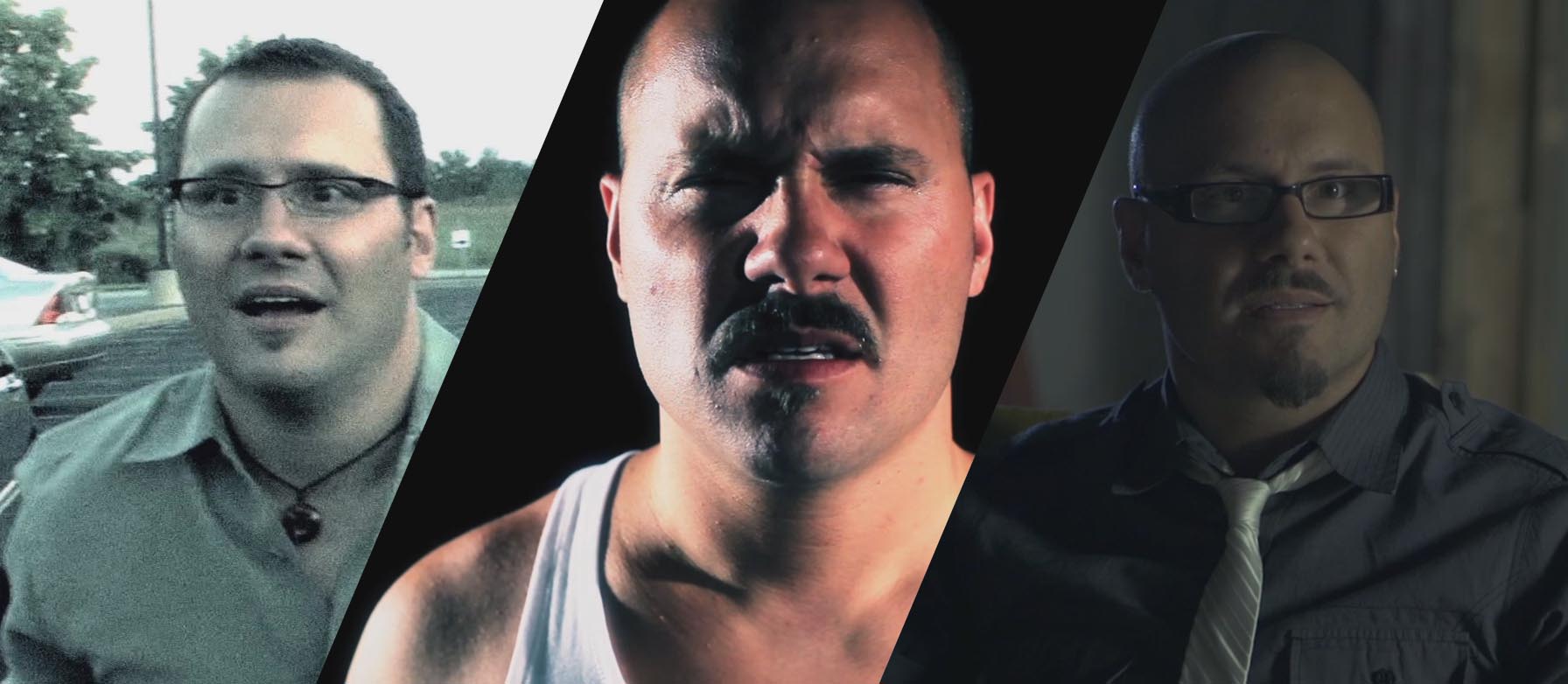

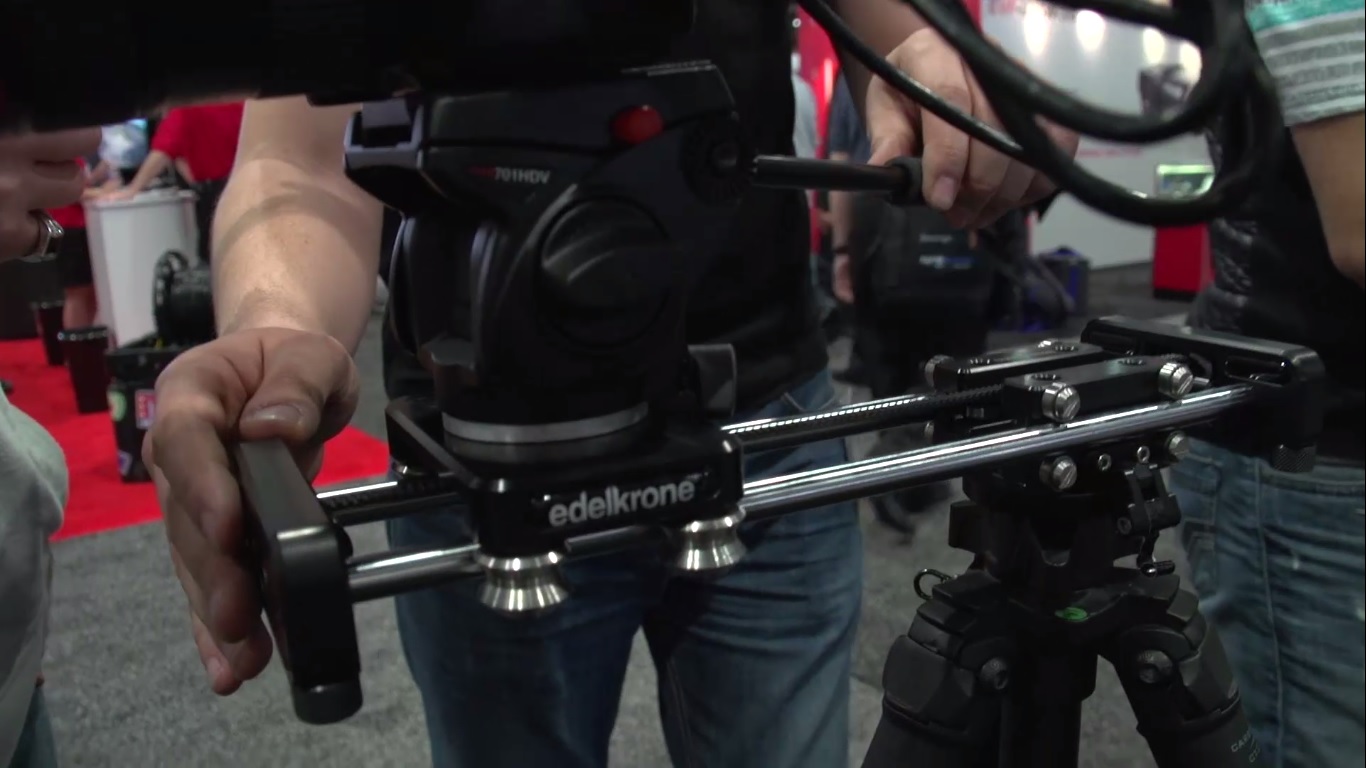
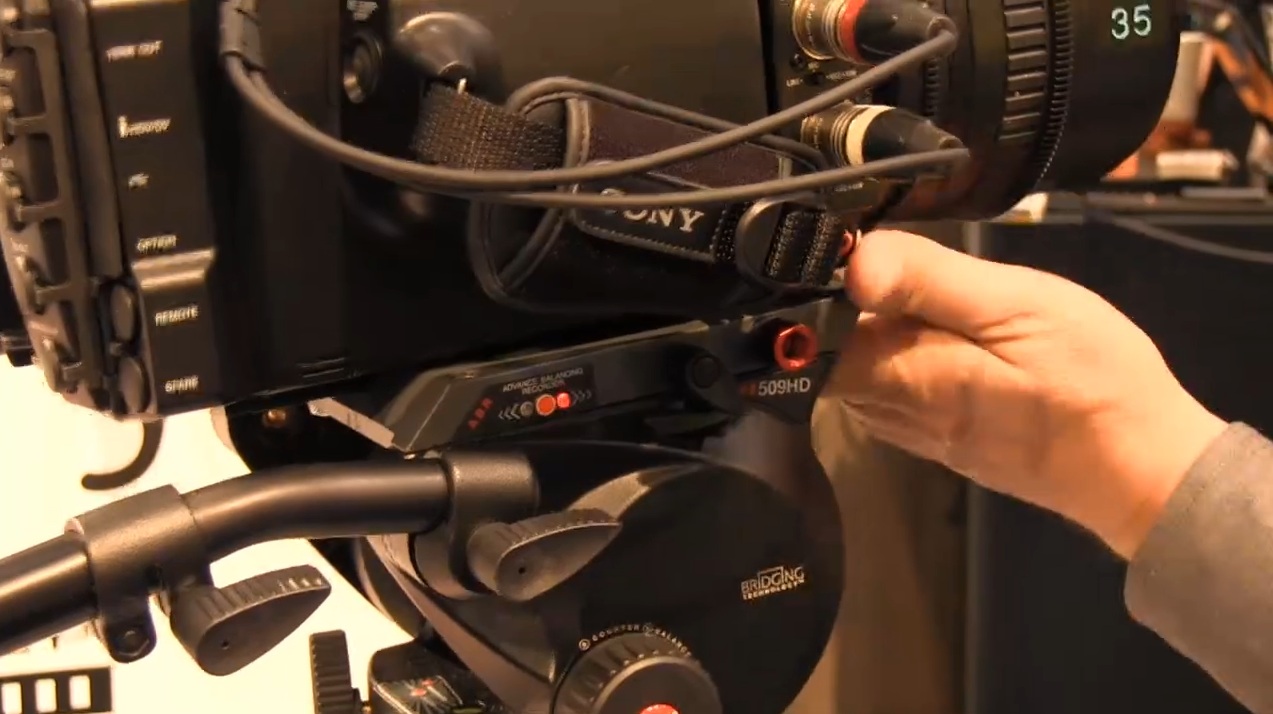
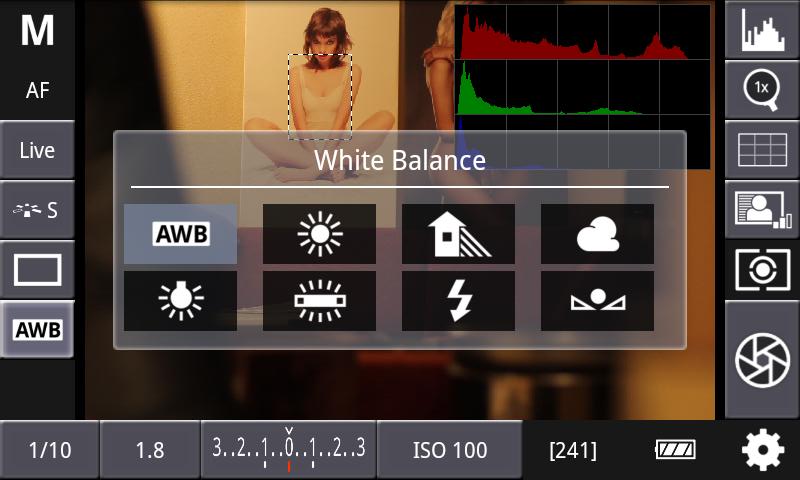
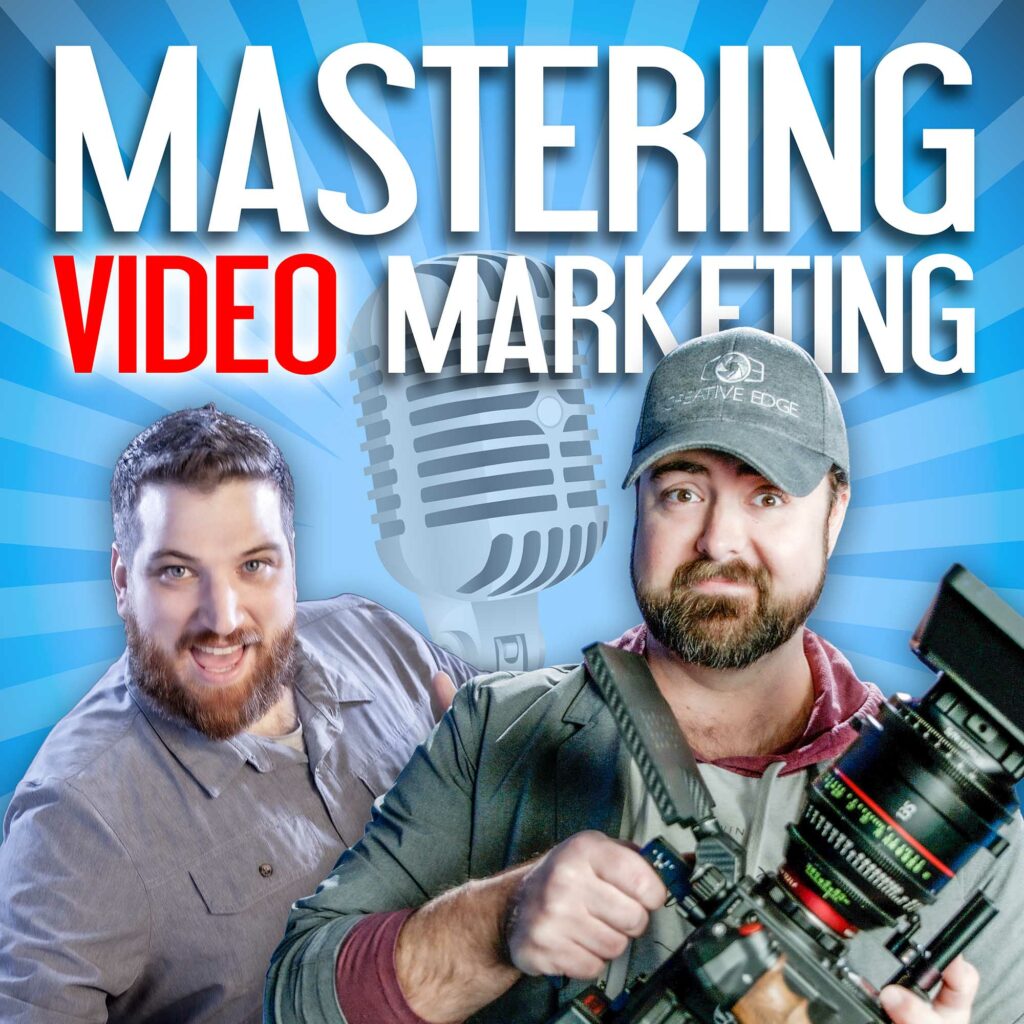

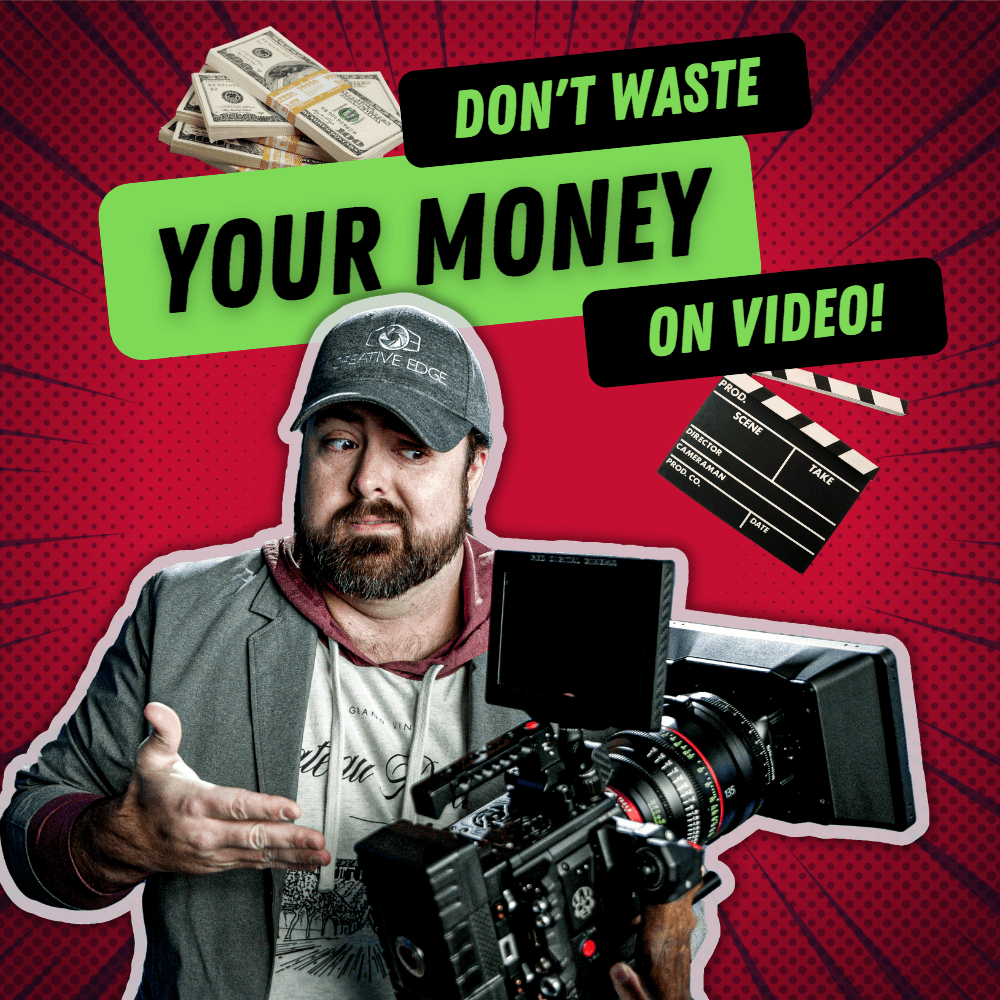
Wow! Thanks for sharing. Can relate in a lot of ways.
Thanks for sharing your past experiences. I can really relate in a lot of ways.
You are a good guy Tony.
HAHA- I remember you from the HV20 days. You posted a pic of the most pimped out rig ever… back then I didn’t know what I was looking at except there was an hv20 attached to it.
That forum was also my entry to the professional world. HVx RIP.
Tony, I have been an addict follower of your work in the ast two years and truely you have inspired me not only to own my first dslr but also to follow my dream in visual media production.
Thanks you for all you have thought me and many more on DSLR 101 class and showing us that with a small camera we could change the way people see the world.
I have subcried to your youtube channels and relegiously follow your tweets.
What more can i say, the only way to say thank you now is to produce something that you will be proude off.
Kind regards and please keep up the good work.
Thanks for those kind words!
Thanks for the encouragement Tony.